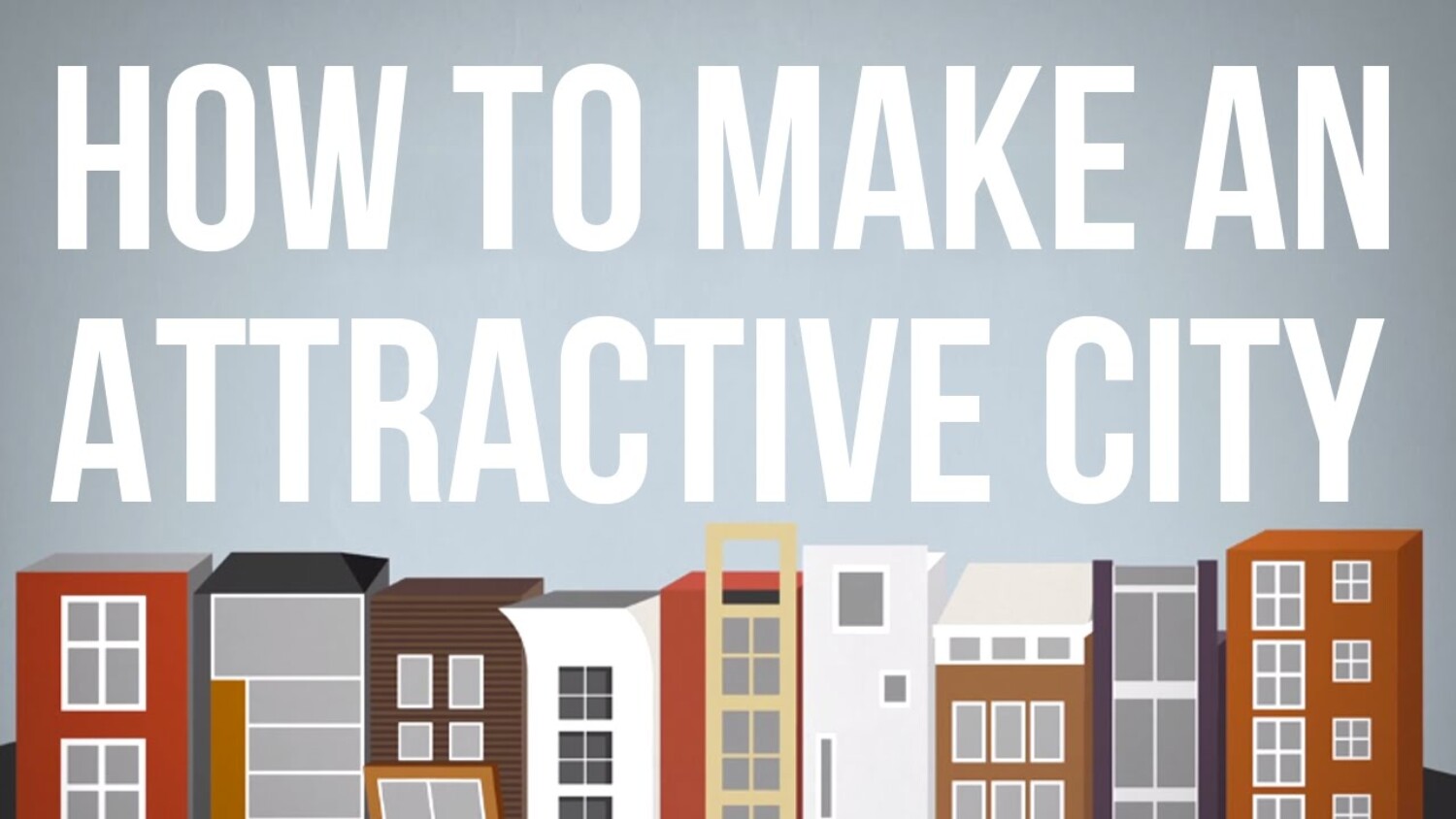Understanding Architecture: What Makes a Beautiful City?
As architecture photographers, it is our job to have a solid understanding of architecture. I recently taught a workshop to a group of aspiring photographers and when I asked “who is familiar with the work of Richard Meier? Zaha Hadid?” a shockingly low number of hands went up – which tells me we have a problem here!
If you aren’t familiar, and I say this as kindly as possible, please do some research! Would you be a baseball photographer without knowing where to point that 400mm to catch the runner trying to steal second? Or a racing photographer, but not know where to fix your lens to catch the best passing in a tight corner? Kind of a similar thing here – if you want to work in the big leagues, you gotta know what’s happening around you. This is just scratching the surface and I’m sure I’ll write more about it in the coming months, but for now, you can start by watching videos on Youtube.
One of my favorite Youtube channels – The School of Life – has put together a number of incredible videos covering relationships, philosophy, art, and of course – architecture. In this video, titled “How to Make an Attractive City,” the narrator lays out six key principles integral to city growth.
- Not too chaotic, not too ordered: A city should be neither full of Soviet-style apartment blocks, but also not a jumbled nightmare like Mexico City or Dubai.
- Visible life – cities should be full of visible life! A Dallas office park surrounded by a parking lot manages to hide every semblance of visible life, but a square in Madrid or a shopping street in London is full of people working, walking, and living busy lives. Which would you rather be in? On that note – being able to convey this in your photographs will further add a sense of place and mood to them – heavy and imposing might work for a corporate office park in the suburbs, but not so much for an inner-city redevelopment in a historic neighborhood.
- It needs to be compact. I don’t think anyone would argue that Los Angeles is one of the world’s most beautiful cities, but a number of arguments could be made for a small place like Savannah, Georgia, despite the massive economic disparity between the two. Savannah’s historic squares and tight layout have led it to being well known as one of the best small cities in the country.
- Orientation and mystery: Cities should be full of places to explore. Edinburgh’s alleyways, Tokyo’s walkable sidestreets and multi-level plazas – both brilliant. Both of these cities offer mystery and orientation, with larger thoroughfares and sightlines peppered with crevices to explore.
- Scale – a particularly important subject in architectural photography. Cities should be designed with a sense of scale that is relatable to humans and their interests. Do we like high rises owned by mega-corporations or relatable buildings accessible to all in our city centers?
- Make it local. Some things should be the same everywhere – but you don’t want buildings to look the same everywhere. How much does it suck to fly across the ocean to a new city and it feels like you could be back at home? It’s happened to me – but there are so many great and varied ways to infuse architecture with local culture.
Lastly, the video closes with an incredibly salient point. I’ve never believed that beauty or art is subjective – gasp! clutching of pearls! – yes, art can be objectively good and your opinions aren’t infallible.
“Let’s not pretend beauty is in the eye of the beholder, that’s just a gift to the next wealthy idiot who wants to put up a horrible tower”
Why does all of this matter? Well, learning about our subjects and be able to create photographs while being aware of their context and environment will lead to better photographs. Secondly, because I find it profoundly interesting, and lastly, if for no other reason at all, you now have another thing to talk about with your clients at cocktail parties 🙂
So go forth, armed with more knowledge about architecture and city planning, and let your photographs be informed along the way.
